Make it so.
Category: space travel – Page 60

Interstellar Highway System
Could advanced civilizations be using a network of black holes for interstellar travel? In our last video, the \.
How Can Warp Drive Travel Faster Than Light? Alcubierre Warp Drive Explained
The concept of traveling beyond the speed of light has been given theoretical grounding through the Alcubierre warp drive. Proposed by physicist Miguel Alcubierre in the 1990s, this warp drive involves creating a space-time bubble around a spacecraft. By contracting space in front of the spacecraft and expanding it behind, the ship can ride a wave of space-time, seemingly achieving faster-than-light travel without breaking the cosmic speed limit. In essence, it’s the space around the ship that moves, not the ship itself, allowing for rapid traversal of vast distances.
The theoretical feasibility of the Alcubierre warp drive hinges on generating an immense amount of energy, currently beyond our technological capabilities. The ship’s warp core, similar to a nuclear reactor, would utilize matter and antimatter collisions to produce the necessary energy for warping space. While this concept was initially fictional, Alcubierre proposed a solution to Einstein’s Field Equation that aligned with the principles of the Star Trek Warp Drive.
NASA has recently developed a model of Alcubierre Warp Drive. Ongoing developments and models inspired by the Alcubierre Drive suggest that interstellar travel might not be confined to science fiction in the distant future.
The Alcubierre Warp Drive presents an intriguing approach to faster-than-light travel by manipulating spacetime. Unlike traditional propulsion, this theoretical model involves compressing spacetime in front of a spacecraft and expanding it behind, creating a \.

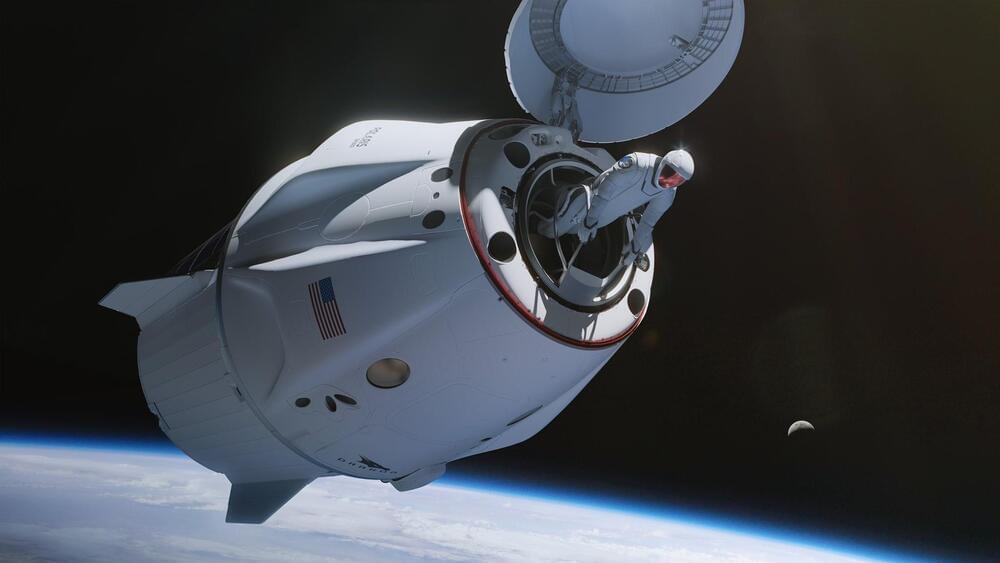
SpaceX’s first Polaris Dawn mission to launch after July 30
The first commercial spacewalk mission looks to be back on schedule with Polaris Dawn saying that it will launch no earlier than July 31, 2024. The Dragon spacecraft is slated to carry the four-person crew farther from Earth than any mission in over 50 years.
Commercial space flights mean a lot more than private firms filling government space contracts. Though most private missions today carry cargo and crews to and from the International Space Station (ISS), the future will see more and more private visits to orbit that have nothing to do with national governments.
On September 15, 2021, the first completely private mission in history, a privately owned and operated rocket putting a privately owned and operated spacecraft into orbit with private astronauts aboard on a private charter, lifted off from Launch Complex 39A at NASA’s Kennedy Space Center in Florida. The craft was a SpaceX Crew Dragon and the launch vehicle a Falcon 9 rocket that boosted the Inspiration4 mission to an altitude of 357 miles (575 km).
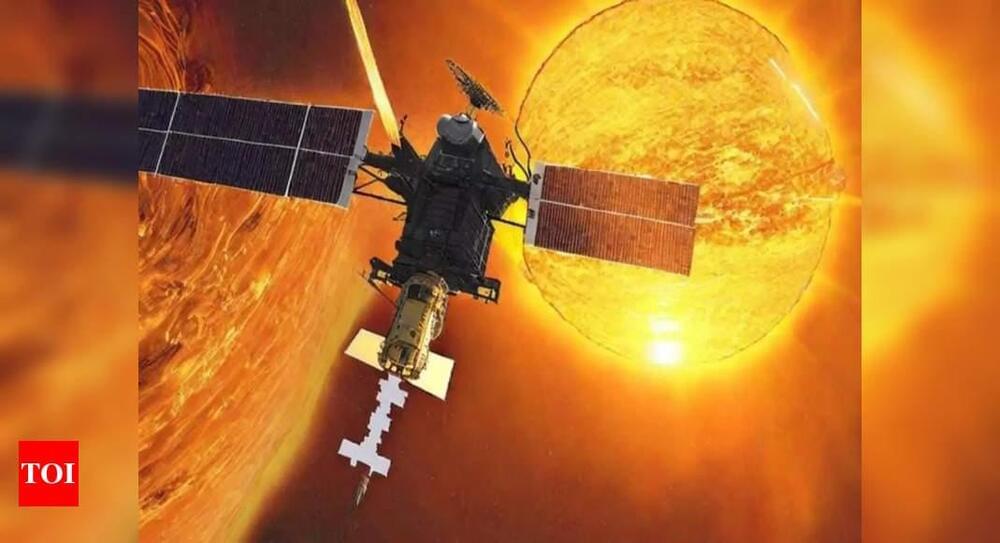
India’s Aditya-L1 completes first Halo orbit
India’s first space-based solar observatory, Aditya-L1, successfully completed its first halo orbit around the Sun-Earth L1 Lagrangian point, Isro announced on Monday. The observatory was launched on September 2, 2023, and was inserted into its targeted halo orbit on January 6, 2024. This achievement demonstrates the spacecraft’s capacity to maintain its complex trajectory. Aditya-L1 performed its first two manoeuvres on February 22 and June 7, 2024. The third manoeuvre, conducted on July 2, 2024, ensured the spacecraft’s transition into its second halo orbit around L1.
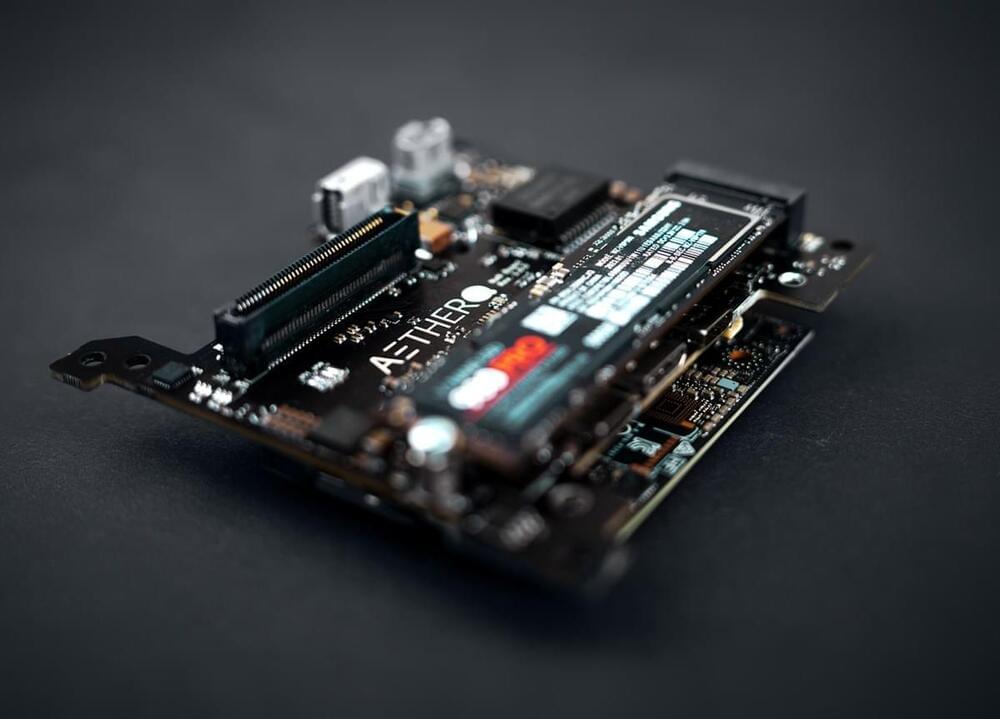
Computing and shielding startups join forces to put AI-capable chips in space
Sophisticated spacecraft often run on shockingly outdated computing systems: consider that the Perseverance rover runs on a PowerPC 750, the processor famous for running on iMacs in the late 1990s.
San Francisco-based Aethero is aiming to bring more powerful computing systems to orbit, and their first payload launches this month on SpaceX’s Transporter-11 rideshare mission. The computer, a small, stackable MVP called AetherNxN that’s built on an Nvidia Orin processor, will be getting extra protection from a new radiation shielding material that the product’s developers, Cosmic Shielding Corporation (CSC), say could help unlock a new era for computing in space.
Today, electronics in space are protected from harmful radiation in two ways. They’re physically shielded, using some combination of materials like aluminum and tantalum, and they’re radiation hardened, which generally means that they’re designed in ways that increase their tolerance to radiation exposure. The AetherNxN computer is rad-hardened, but adding CSC’s shielding “enables us to bring that AI-capable of hardware into space and have it operate under these very hostile conditions,” Aethero cofounder Edward Ge said in a recent interview.
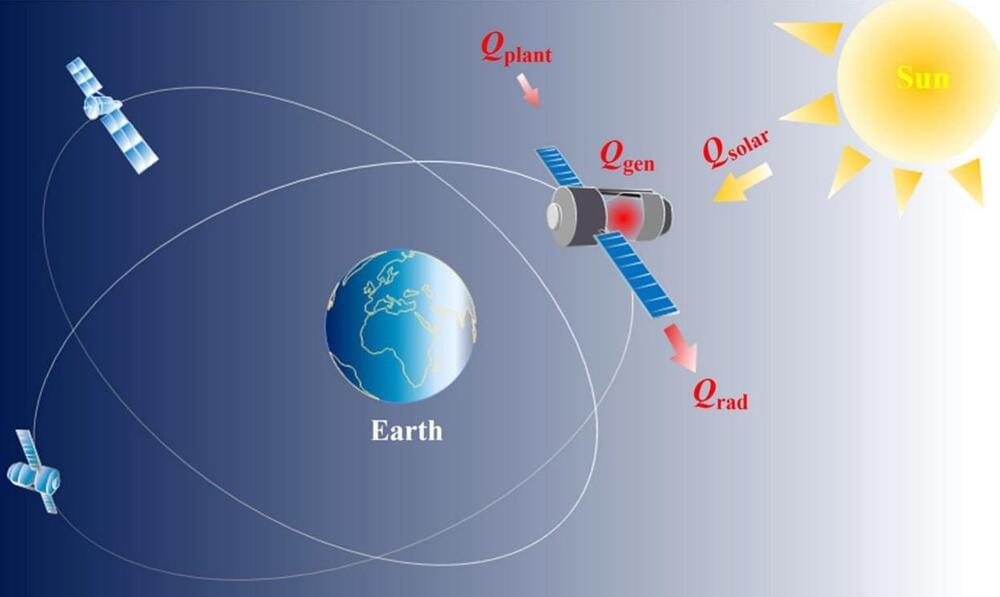
Space Race Heats Up: Tackling Thermal Challenges Beyond Earth
A new review examines advancements in thermal management technologies (TMTs) for spacecraft electronics, tackling the problems of heat acquisition, transport, and rejection in the extreme conditions of space. This review is intended to inform the development of future thermal management systems for spacecraft, enhancing both the reliability and effectiveness of space missions.
Spacecraft electronics operate under extreme conditions, facing issues like microgravity, thermal cycling, and space radiation. These factors necessitate robust thermal management solutions to maintain the functionality and longevity of onboard equipment. Traditional thermal control methods often fall short in addressing these challenges. Based on these challenges, there is a need to conduct in-depth research on advanced thermal management technologies to ensure the stability and efficiency of space missions.
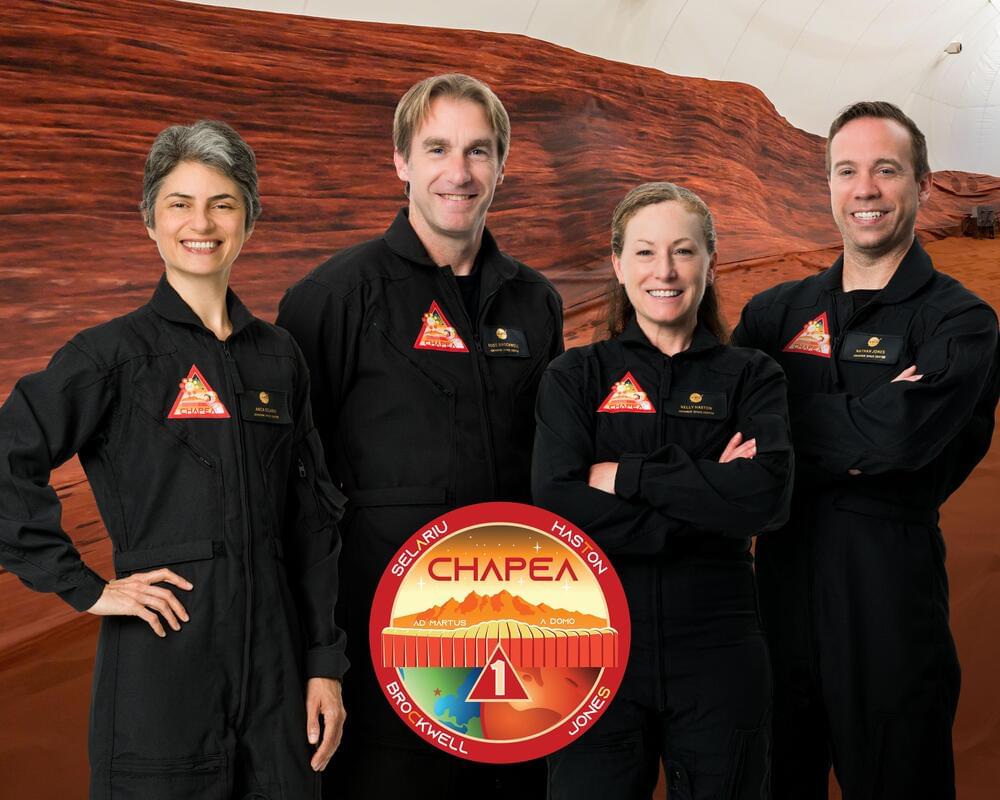
Volunteer Crew to Exit NASA’s Simulated Mars Habitat After 378 Days
The four volunteers who have been living and working inside NASA’s first simulated yearlong Mars habitat mission are set to exit their ground-based home on Saturday, July 6. NASA will provide live coverage of the crew’s exit from the habitat at NASA’s Johnson Space Center in Houston at 5 p.m. EDT.
NASA will stream the activity, which will include a short welcome ceremony, on NASA+, NASA Television, the NASA app, the agency’s website, and NASA Johnson’s X and Facebook accounts. Learn how to stream NASA TV through a variety of platforms, including social media.
The first Crew Health and Performance Exploration Analog (CHAPEA) mission began in the 3D printed habitat on June 25, 2023, with crew members Kelly Haston, Anca Selariu, Ross Brockwell, and Nathan Jones. For more than a year, the crew simulated Mars mission operations, including “Marswalks,” grew and harvested several vegetables to supplement their shelf-stable food, maintained their equipment and habitat, and operated under additional stressors a Mars crew will experience, including communication delays with Earth, resource limitations, and isolation.